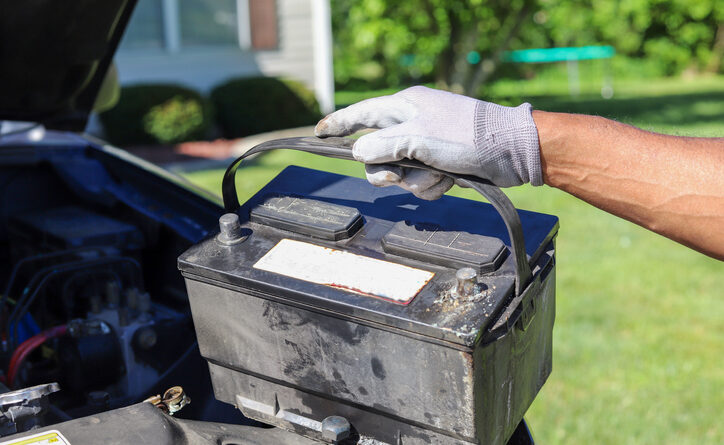Revive Your Batteries: The Ultimate Guide to Battery Reconditioning
In a world reliant on portable electronic devices, the lifespan of batteries plays a crucial role in our daily lives. But what if there was a way to extend the life of your batteries and save money in the process? Enter battery reconditioning – a cost-effective solution to breathe new life into old batteries. Join us as we explore the ins and outs of battery reconditioning, uncovering its benefits, methods, and practical applications.
Understanding Battery Reconditioning: An Introduction
What is Battery Reconditioning?
Battery reconditioning is the process of reviving old, worn-out batteries to restore them to their former glory. By removing sulfation buildup and replenishing electrolytes, reconditioning can significantly extend the lifespan of batteries, saving both money and resources.
The Benefits of Battery Reconditioning
1. Cost Savings
One of the most significant advantages of battery reconditioning is the cost savings it offers. Instead of purchasing new batteries, reconditioning allows you to breathe new life into your existing batteries, saving you money in the long run.
2. Environmental Sustainability
By reconditioning old batteries instead of disposing of them, you’re contributing to environmental sustainability by reducing waste and minimizing the need for new battery production.
3. Extended Battery Lifespan
Battery reconditioning can help extend the lifespan of batteries by removing sulfation buildup, which is a common cause of battery failure. This allows you to get more use out of your batteries before they need to be replaced.
Methods of Battery Reconditioning
1. Sulfation Removal
Sulfation is a common issue that affects many batteries, causing a buildup of lead sulfate crystals on the battery plates. Battery reconditioning involves removing these crystals using desulfation techniques, such as applying a high-voltage pulse or using chemical additives.
2. Electrolyte Replenishment
Over time, the electrolyte in batteries can become depleted, leading to reduced battery performance. Battery reconditioning involves replenishing the electrolyte using a mixture of distilled water and electrolyte solution, restoring the battery’s ability to hold a charge.
3. Equalization Charging
Equalization charging is a technique used to balance the voltage of individual cells within a battery pack. By applying a controlled overcharge to the battery, equalization charging helps ensure that each cell receives an equal charge, maximizing battery performance and lifespan.
Practical Applications of Battery Reconditioning
1. Automotive Batteries
Battery reconditioning can be particularly beneficial for automotive batteries, which are often subjected to harsh conditions that can lead to premature failure. By reconditioning automotive batteries, you can prolong their lifespan and ensure reliable performance.
2. Renewable Energy Storage
Renewable energy systems, such as solar and wind power, rely on battery storage to store excess energy for later use. Battery reconditioning can help extend the lifespan of these batteries, maximizing the efficiency of renewable energy systems.
3. Portable Electronics
From smartphones to laptops, portable electronic devices rely on rechargeable batteries for power. Battery reconditioning can help extend the lifespan of these batteries, reducing the need for frequent replacements and saving you money in the long run.
Conclusion: Embrace the Power of Battery Reconditioning
In conclusion, battery reconditioning offers a cost-effective and environmentally friendly solution to extend the lifespan of old batteries. By removing sulfation buildup, replenishing electrolytes, and equalizing cell voltages, reconditioning can breathe new life into old batteries, saving you money and reducing waste.






